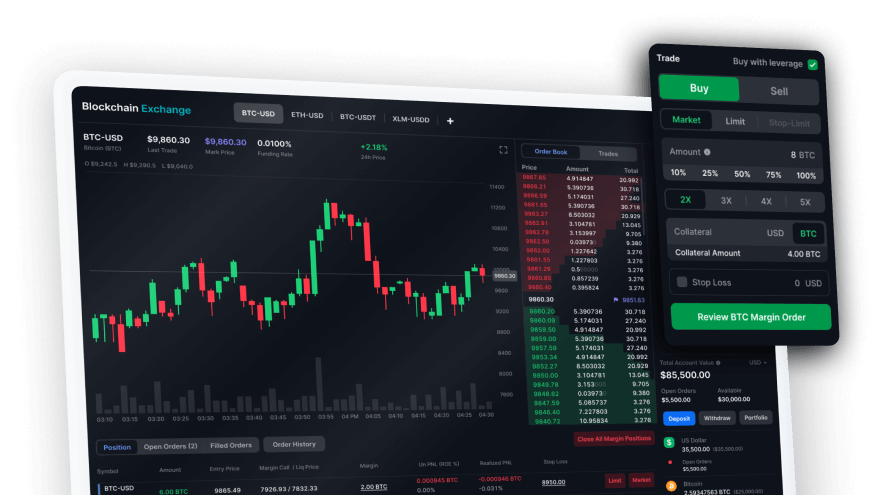Binance Coin (BNB) is the native digital asset of the Binance ecosystem. It's primarily used to pay transaction fees on the Binance Chain and Binance Smart Chain. It also provides utility benefits to users of the Binance exchange who can receive discounts on trading fees when using BNB.












A brief history
Binance was founded in 2017 by Changpeng Zhao, a developer who had previously created a high-frequency trading software called Fusion Systems. Binance was initially based in China but later moved its headquarters following the Chinese government's increasing regulation of cryptocurrency. Binance offers crypto-to-crypto trading in more than 500 cryptocurrencies and virtual tokens, with a strong focus on altcoin trading. Additionally, Binance has among the lowest transaction fees for cryptocurrency exchanges thanks to its commission structure. Fees generally start low, and then only move lower. Binance uses a volume-based pricing model and even gives you further discounts if you use its proprietary cryptocurrency to buy and sell.
BNB in practice
BNB is a crypto asset similar to other digital assets on the market in that it rises and falls in value as people use and trade it. It should also be noted that BNB works in tandem with two specific blockchains -the Binance Chain and Binance Smart Chain (BSC). BSC is a separate blockchain built in addition to Binance Chain, running parallel to BC and carrying different features such as smart contract capability. Interacting with either blockchain (BSC or BC) requires payment for network fees in BNB.
Since 2017 Binance has spent some of its revenues each quarter to purchase back and burn BNB. Binance will continue burning BNB coins every quarter until it has purchased and destroyed 100 million Binance coins, or half of its original maximum supply. The process decreases Binance Coin's supply and affects its rarity, which can potentially affect the asset’s value.
Binance also offers customers the ability to earn staking rewards for holding coins. Staking generates income on certain crypto when it’s used to validate transactions in the currency.



































































































